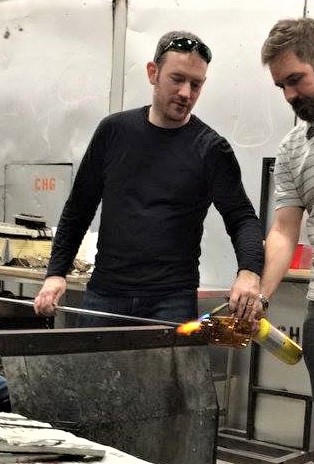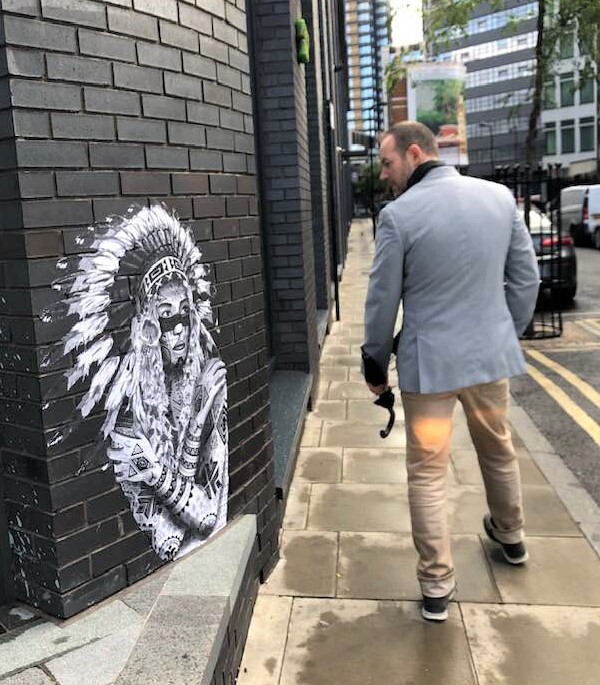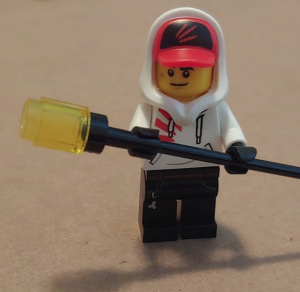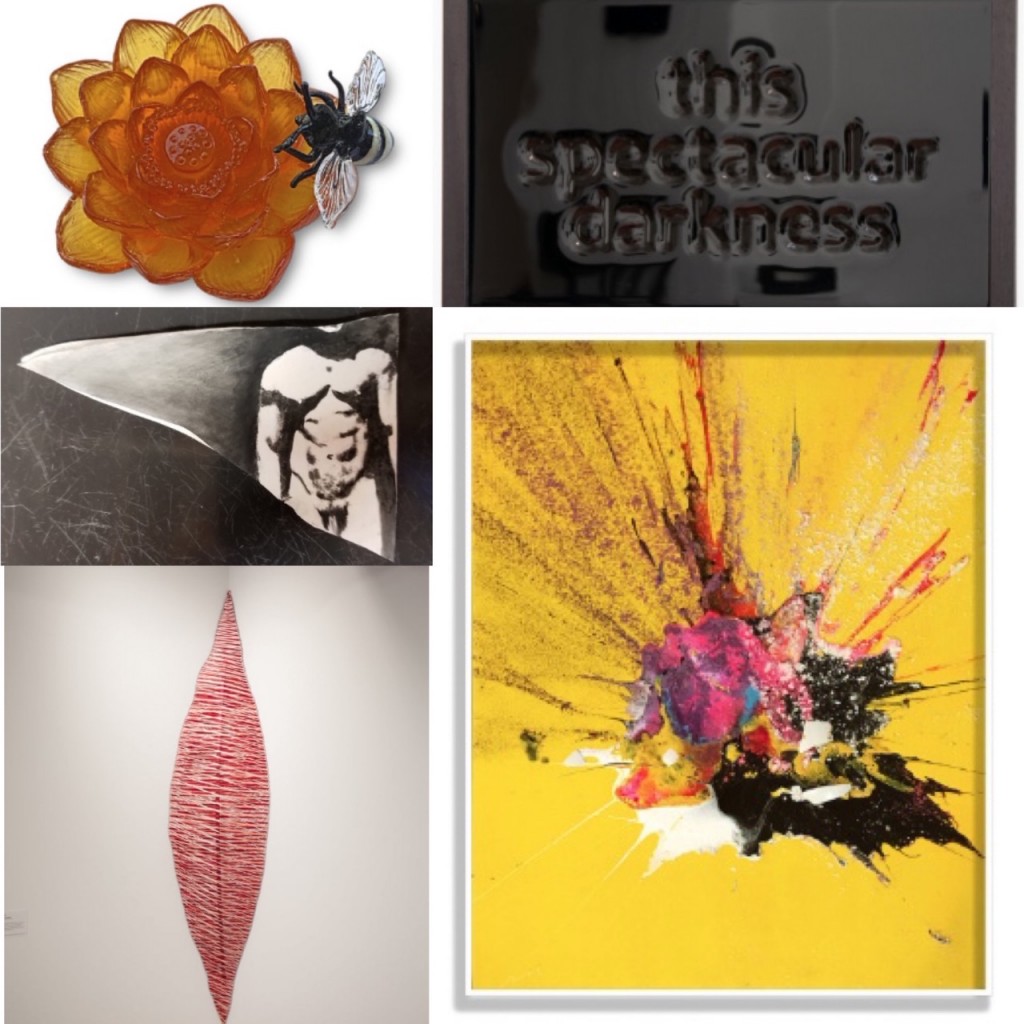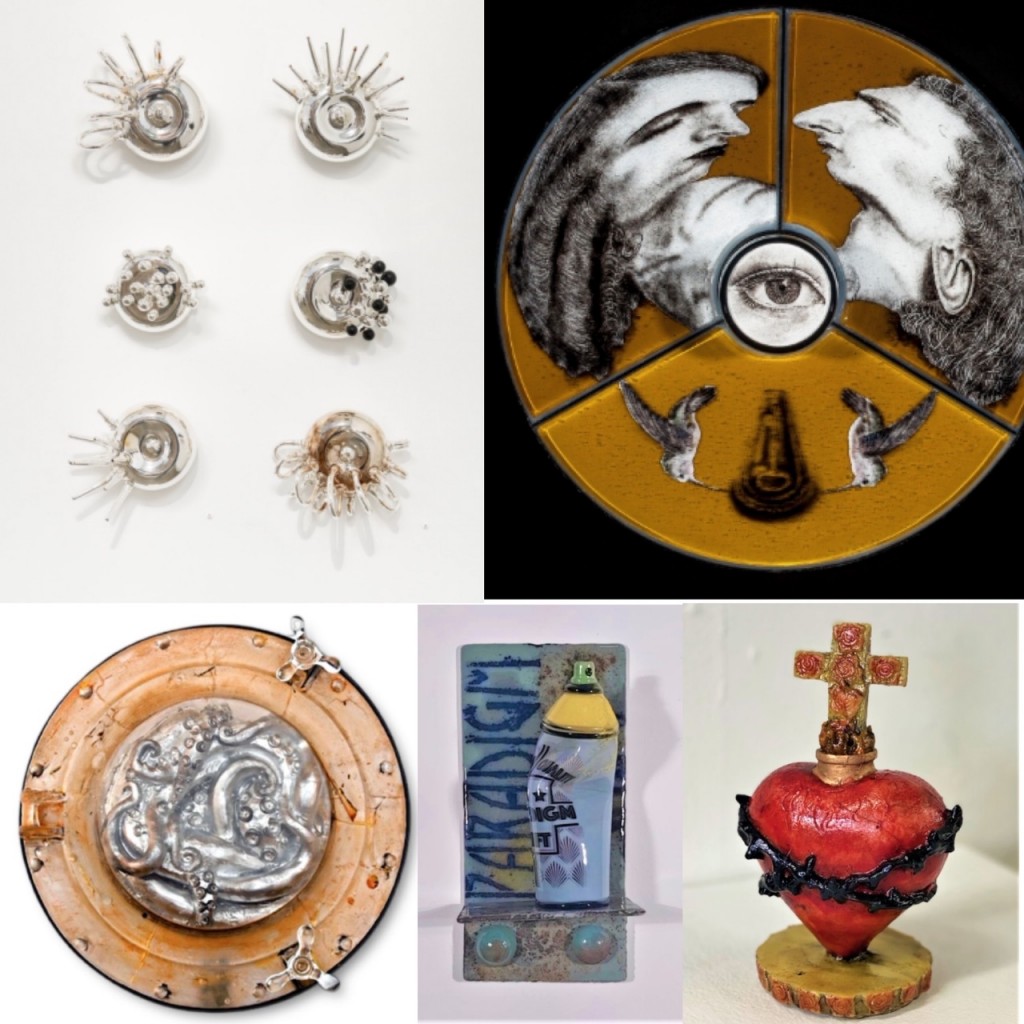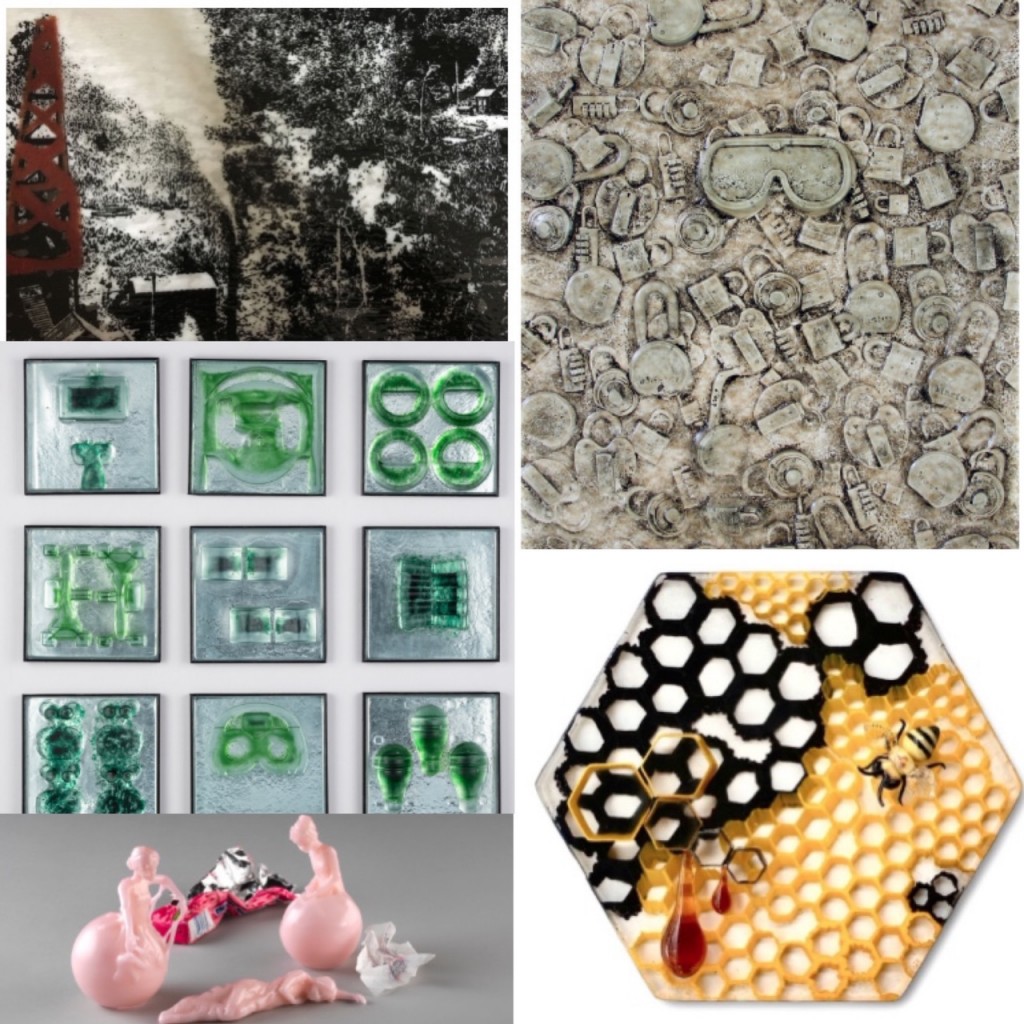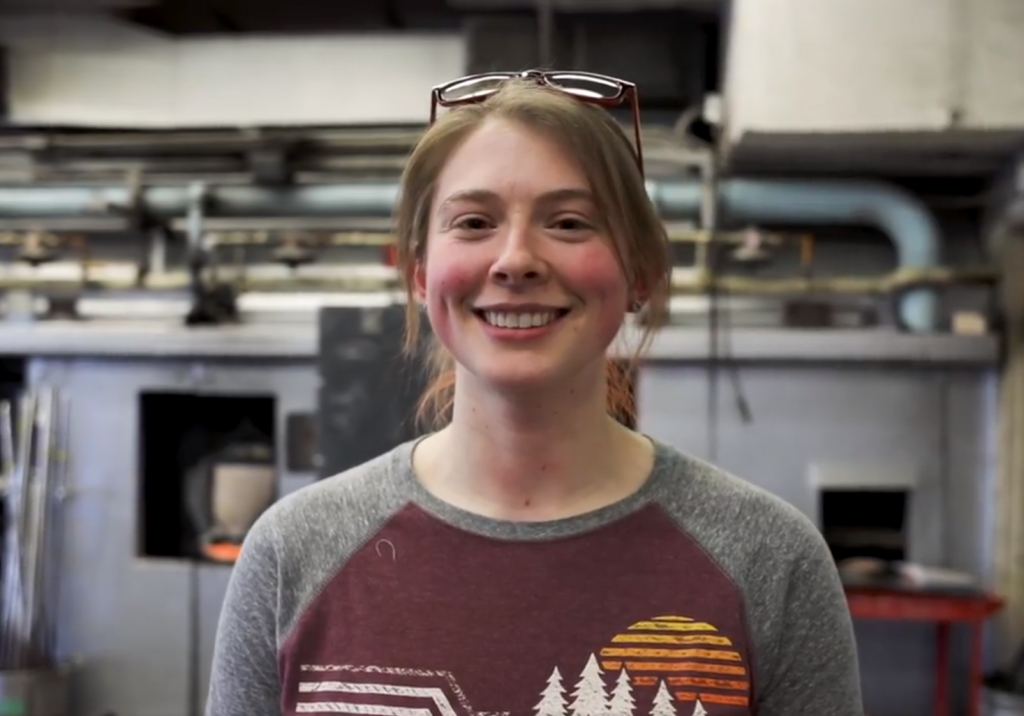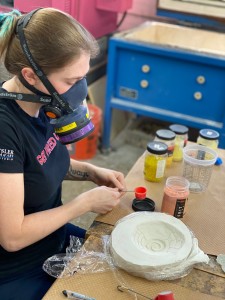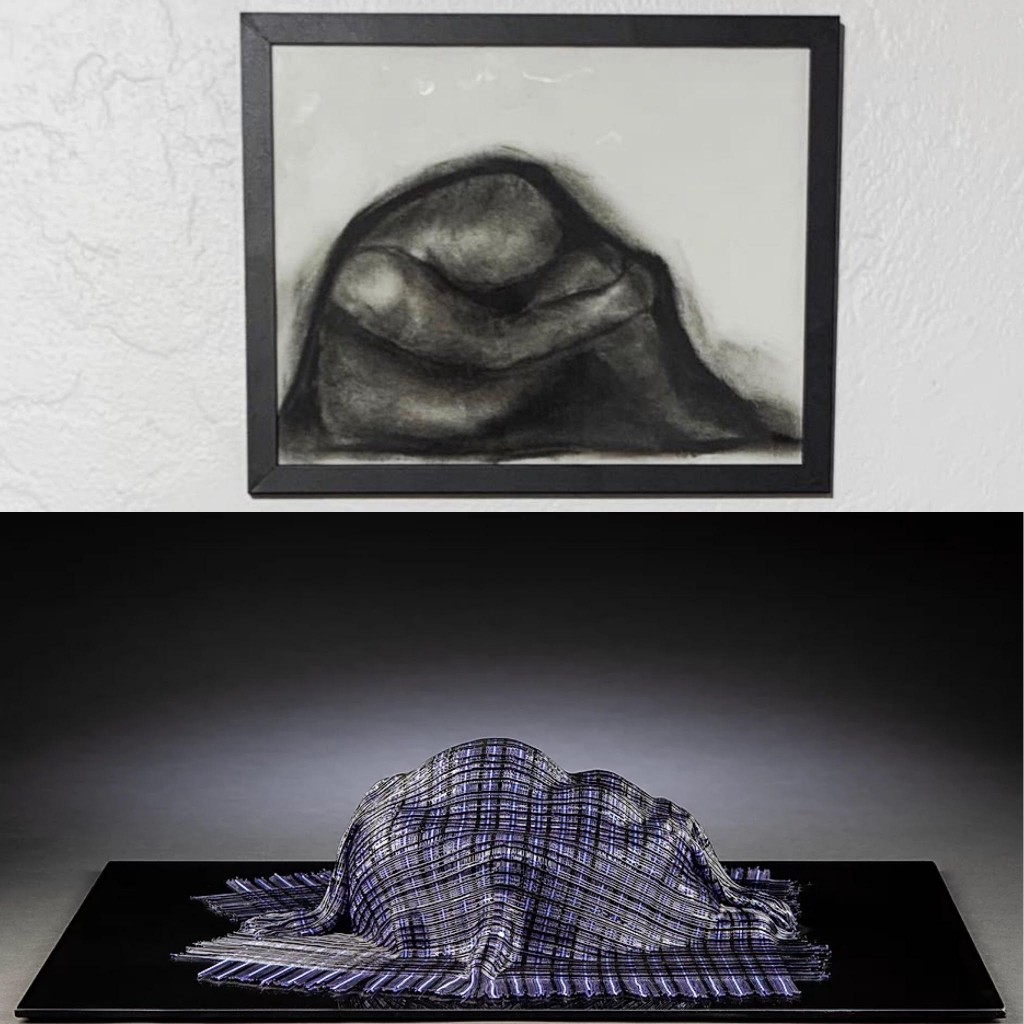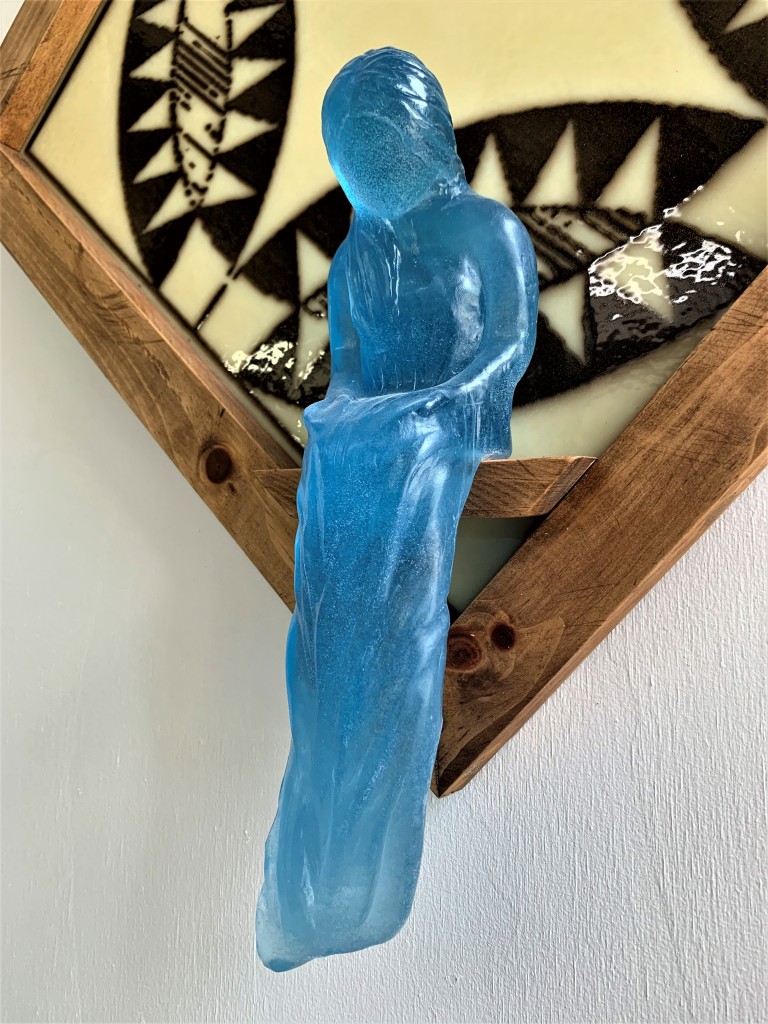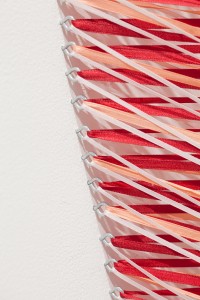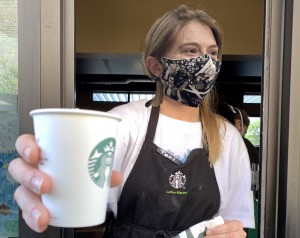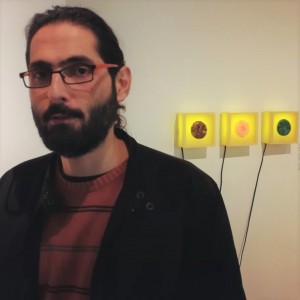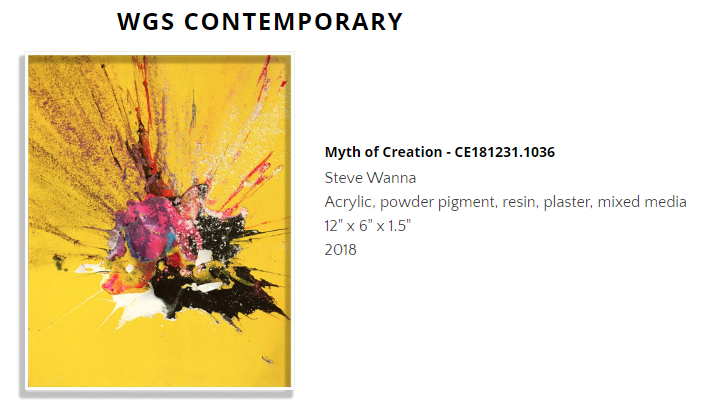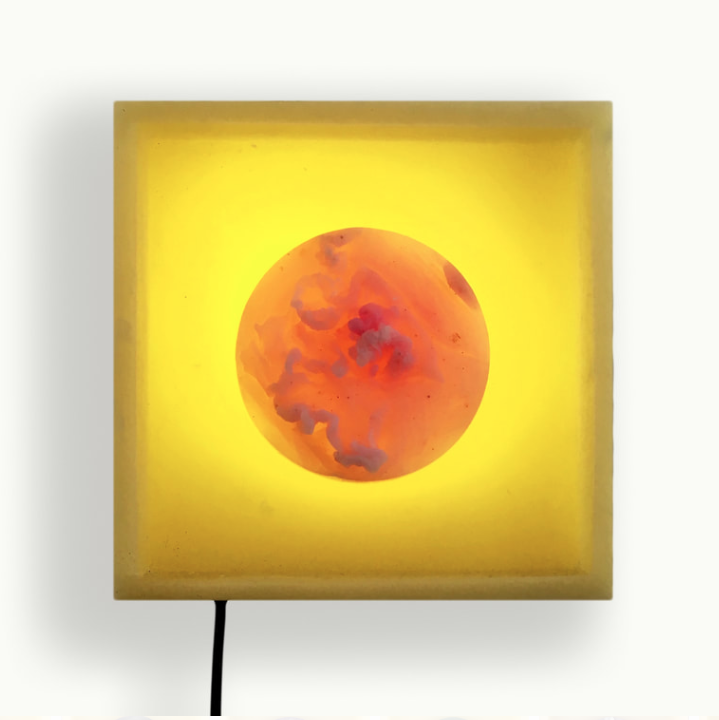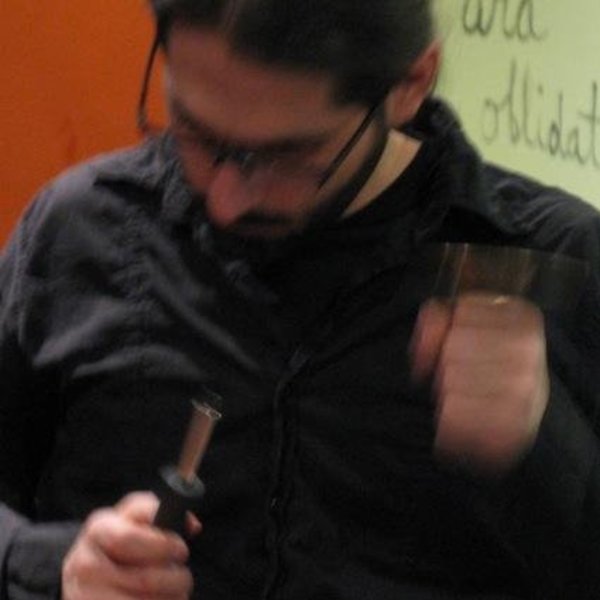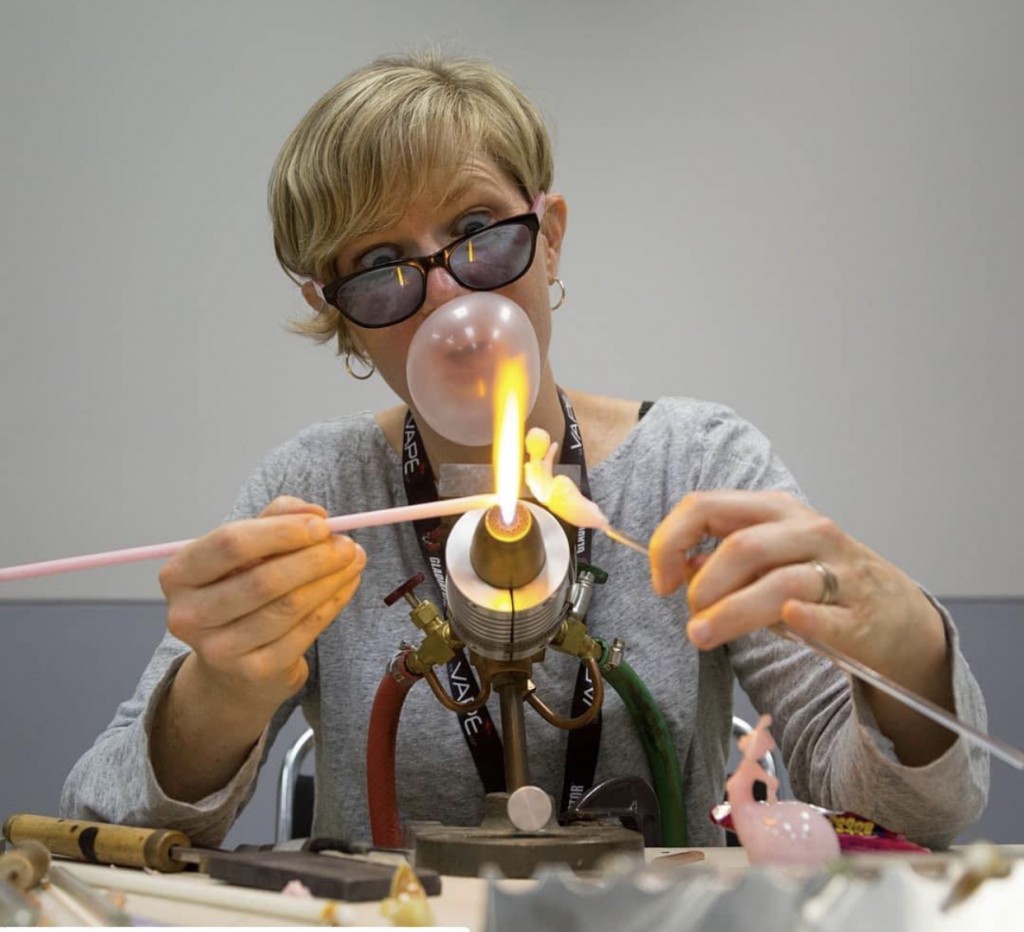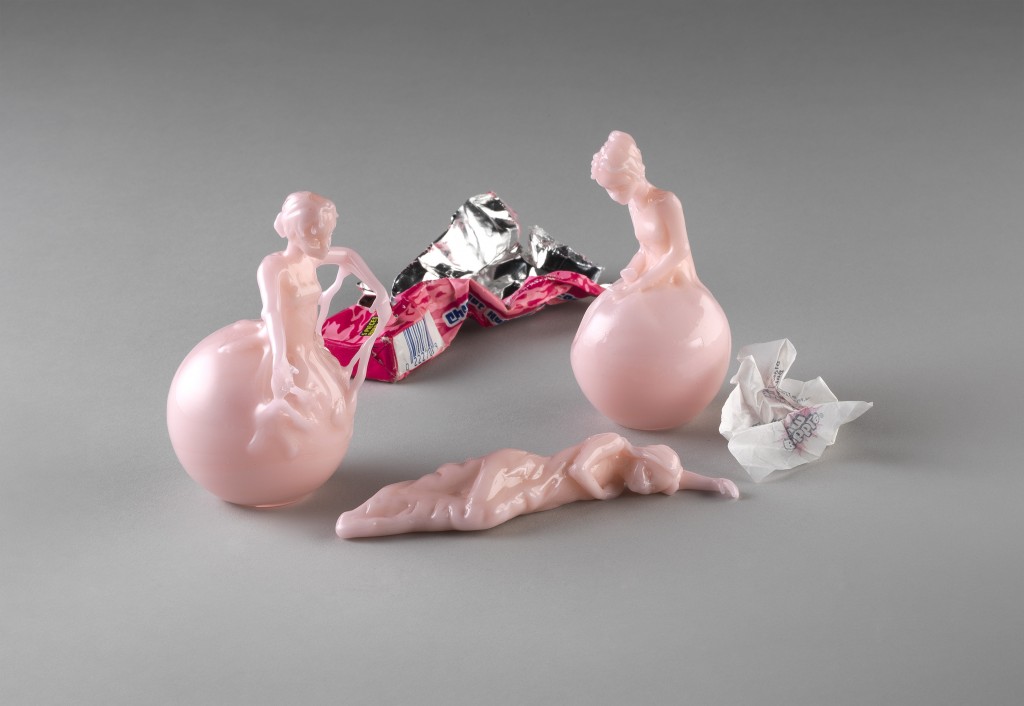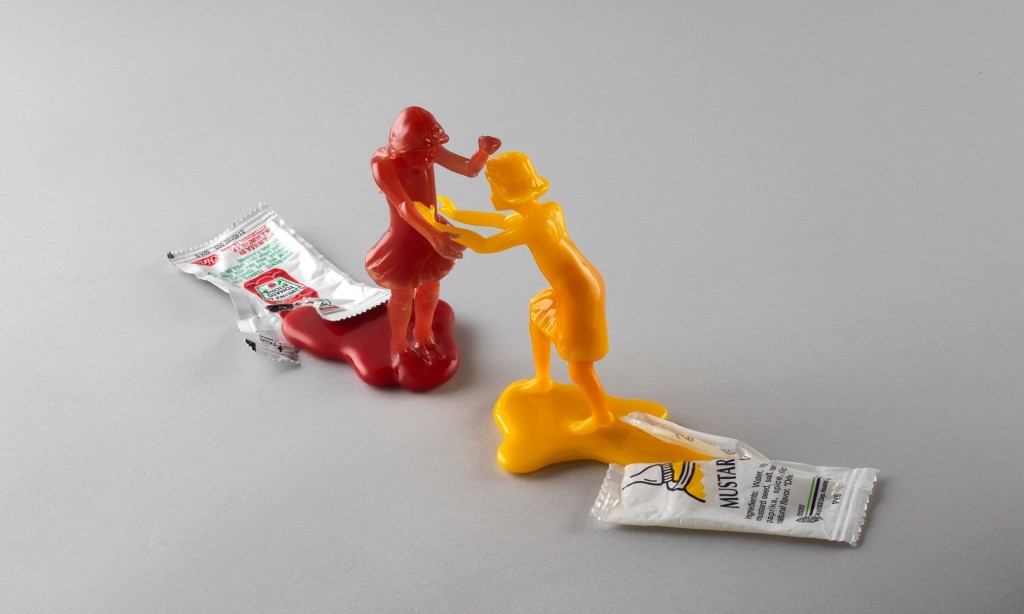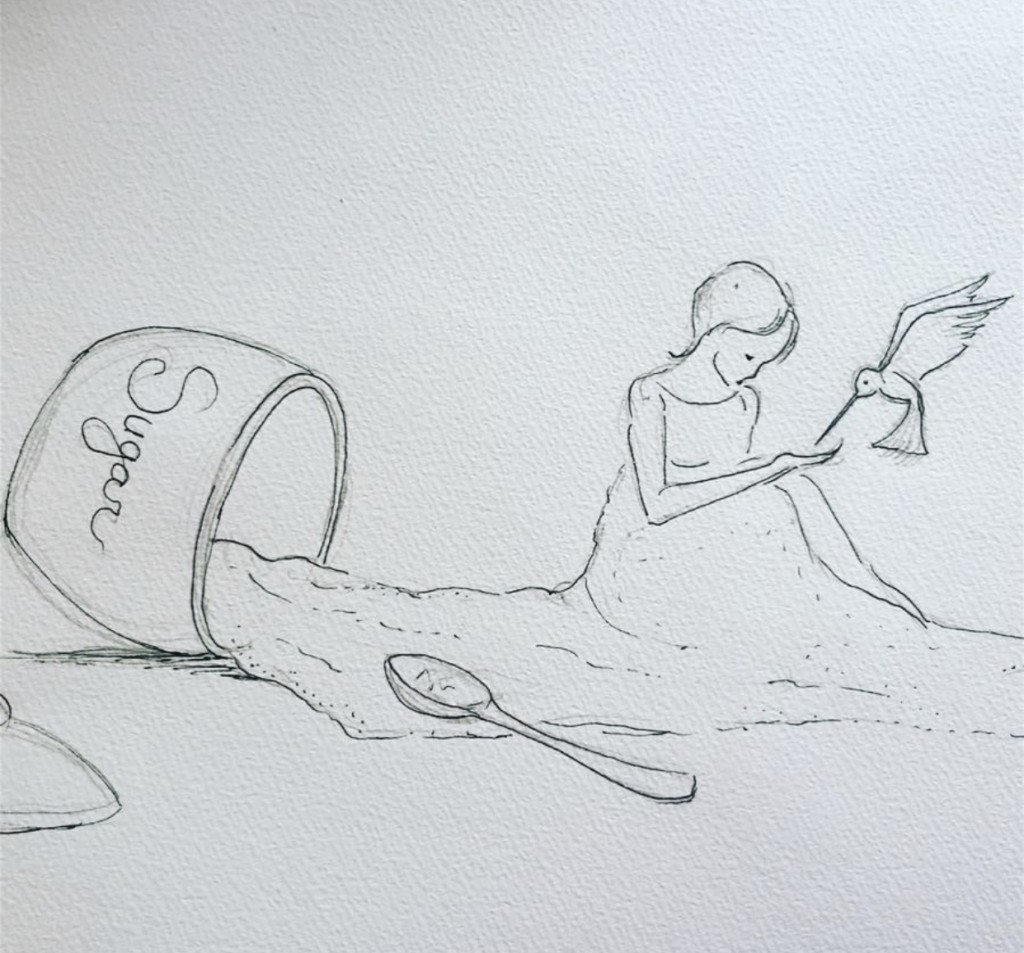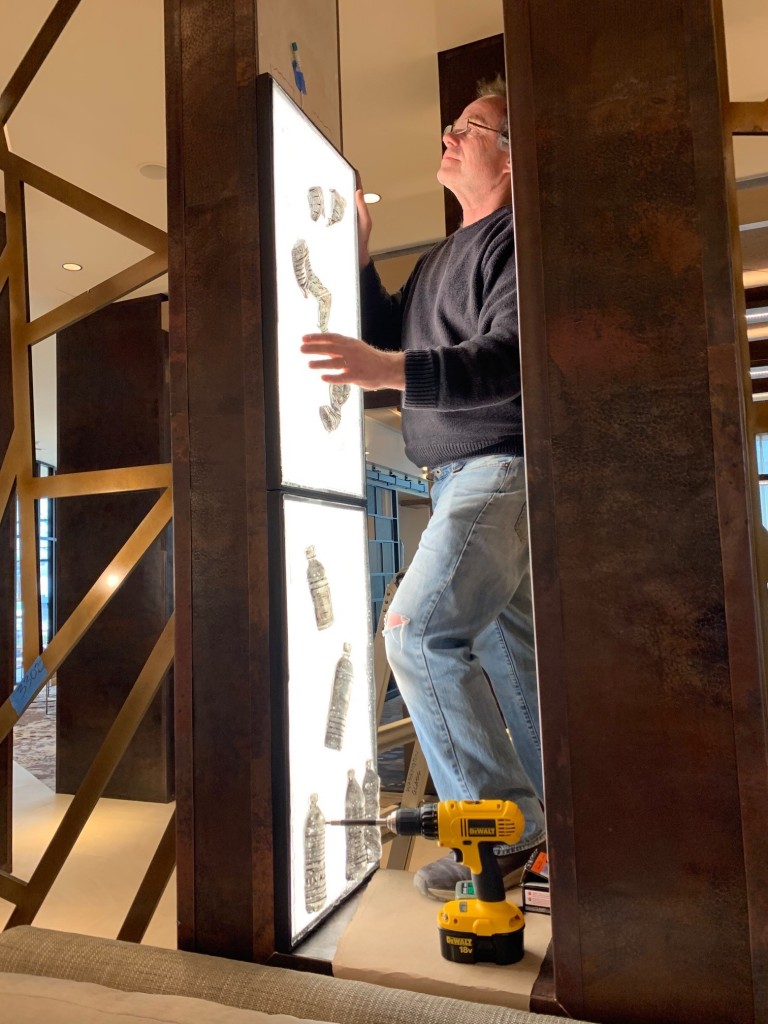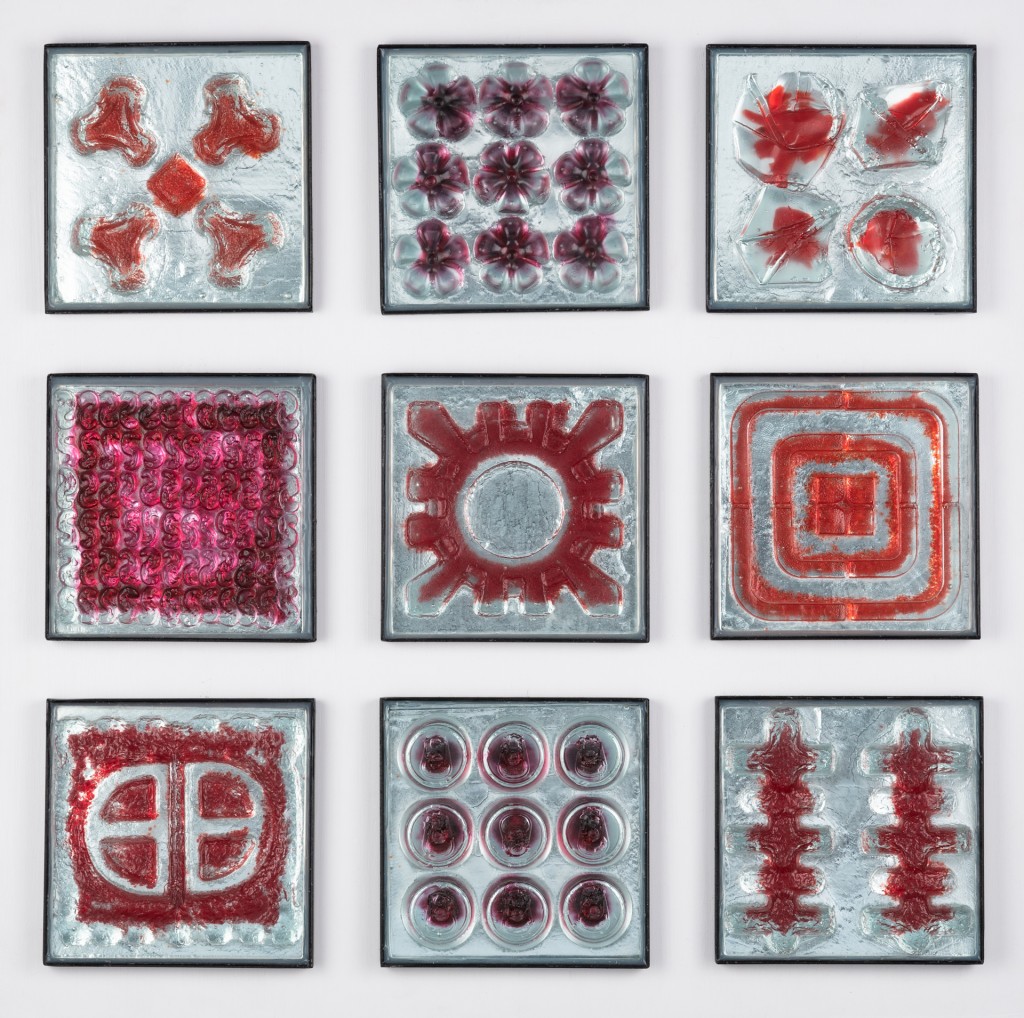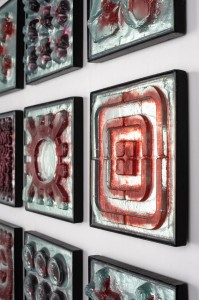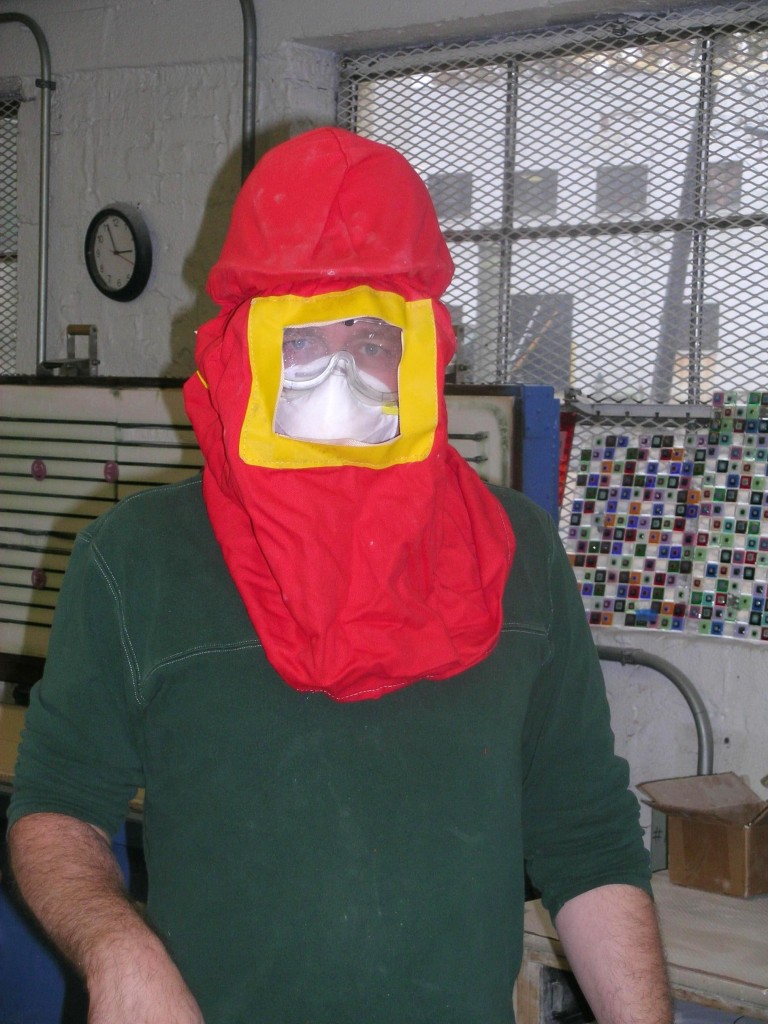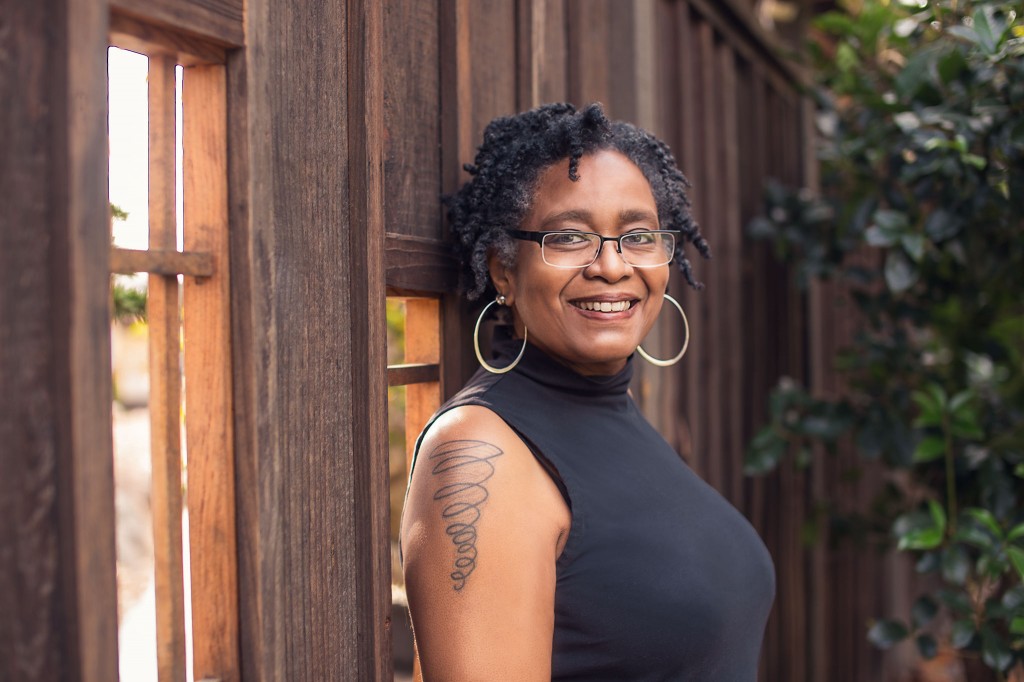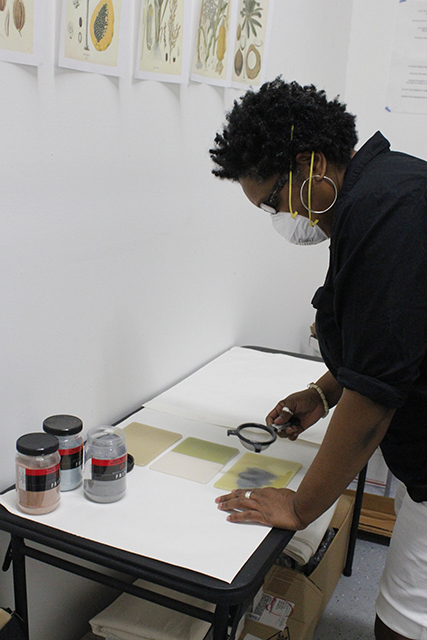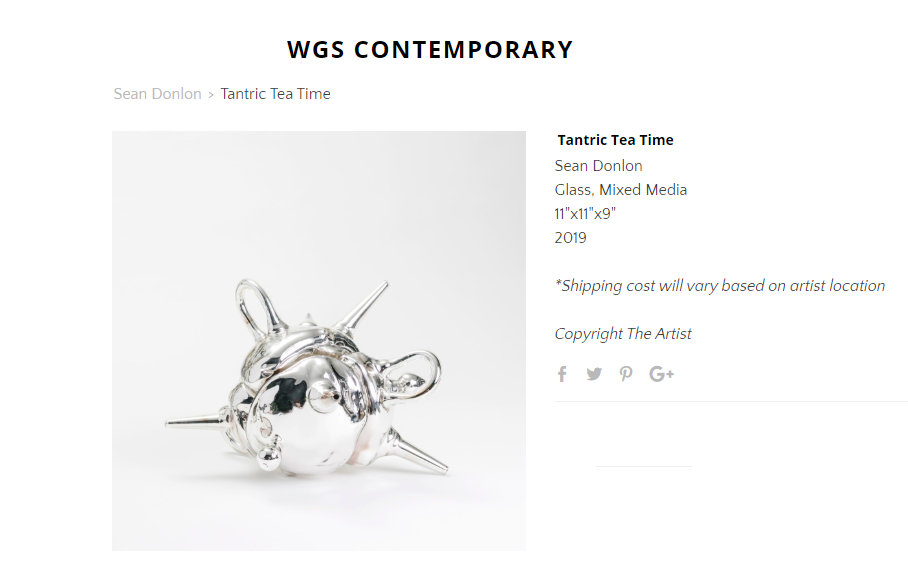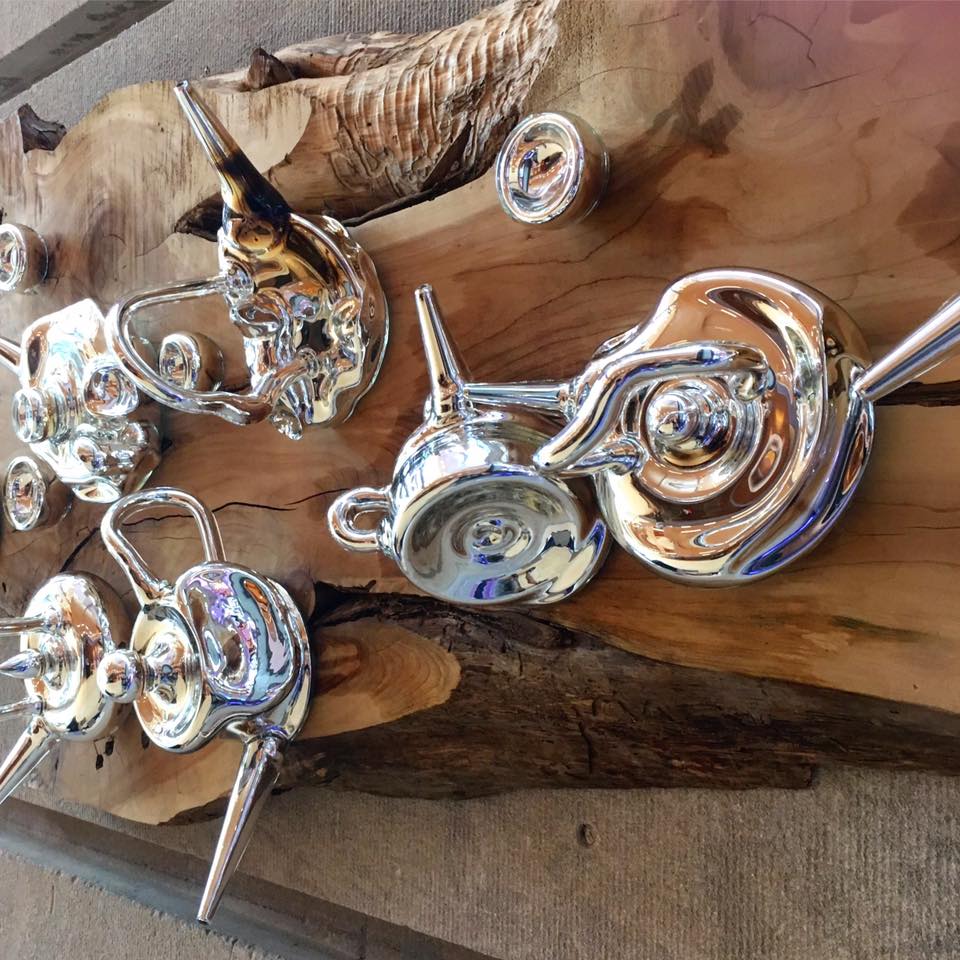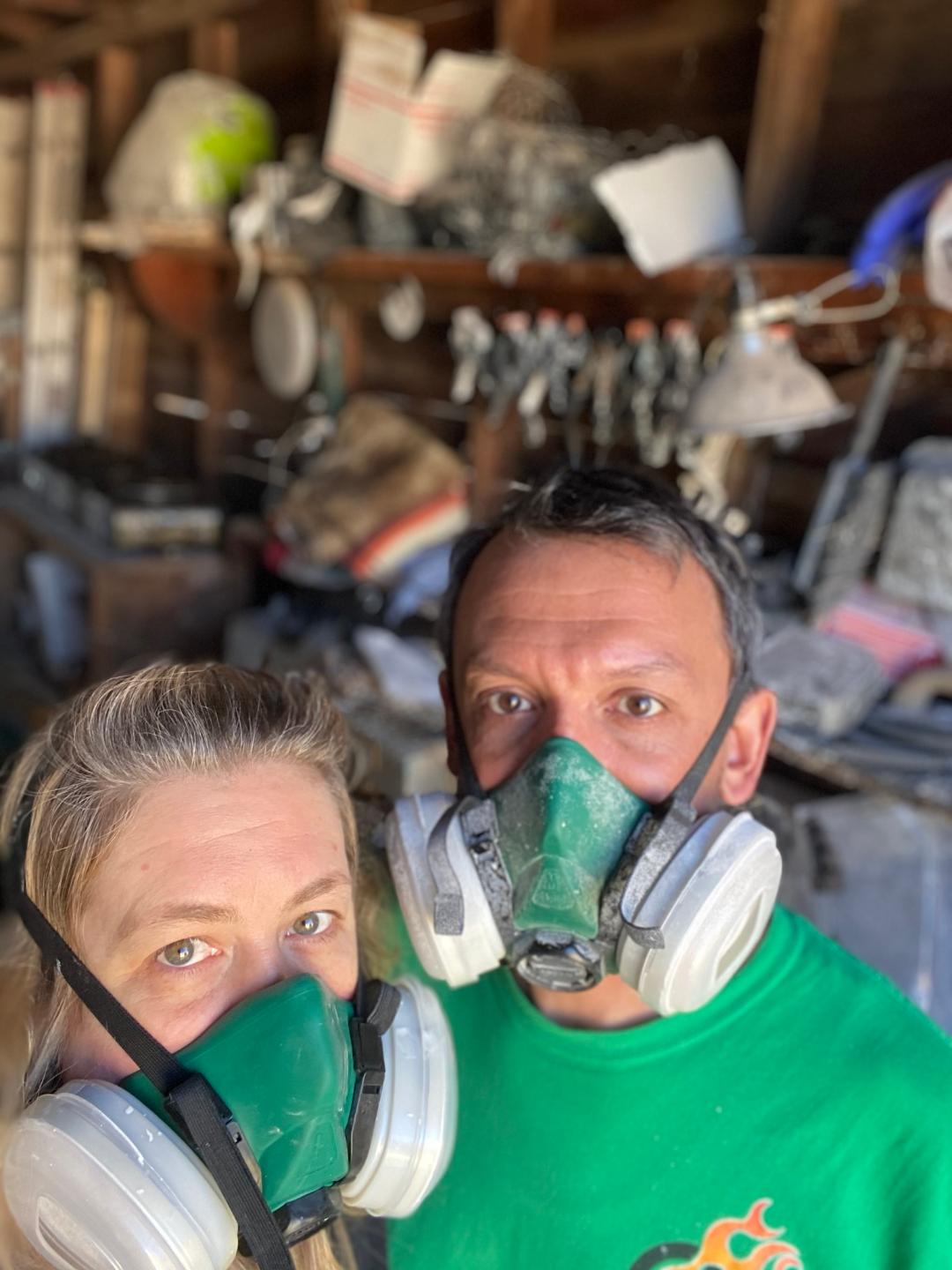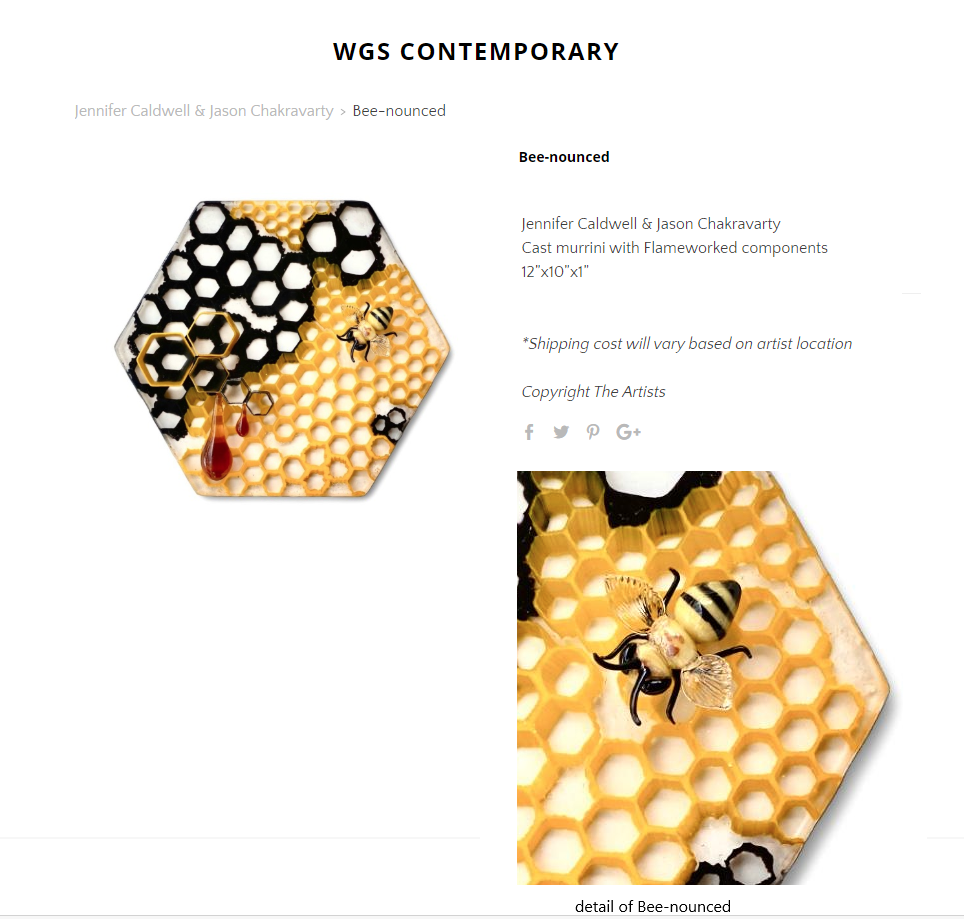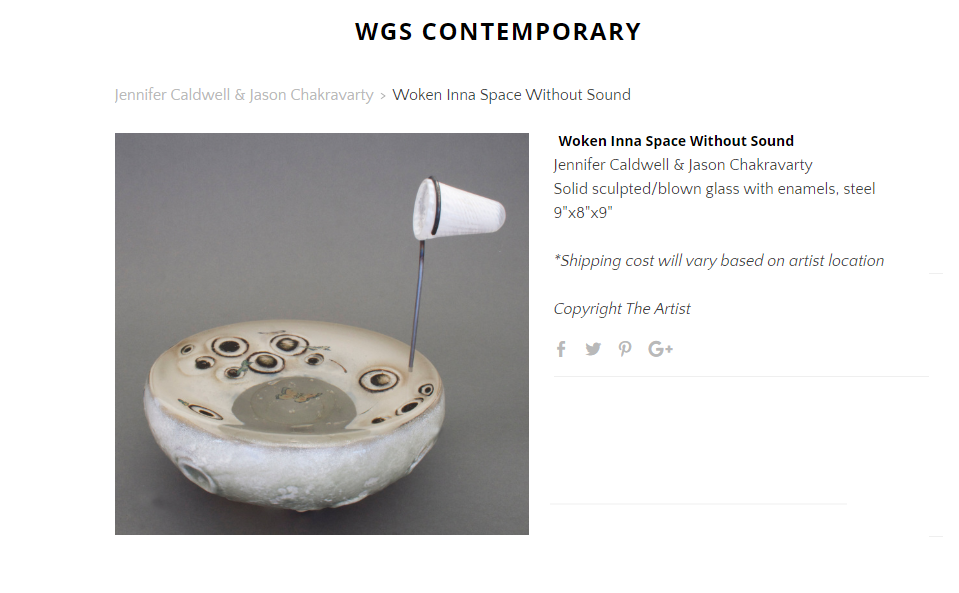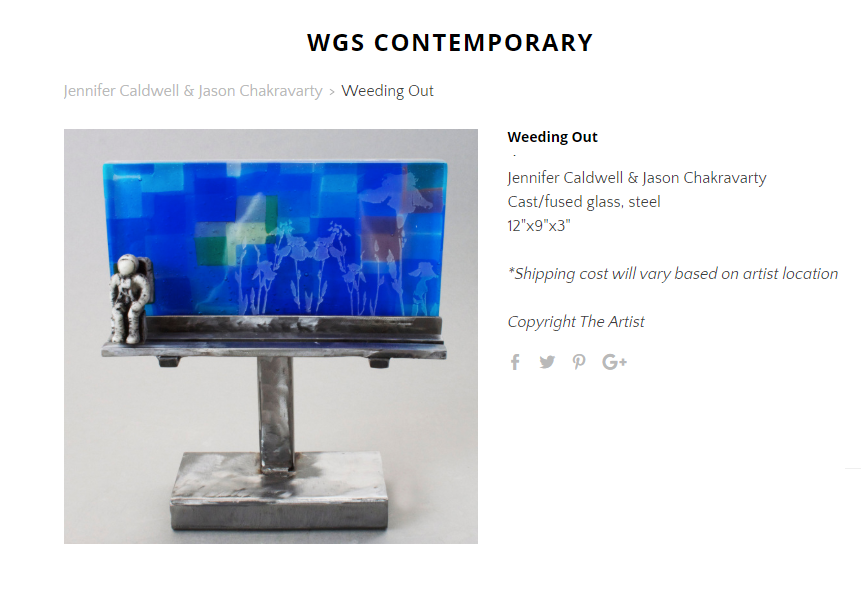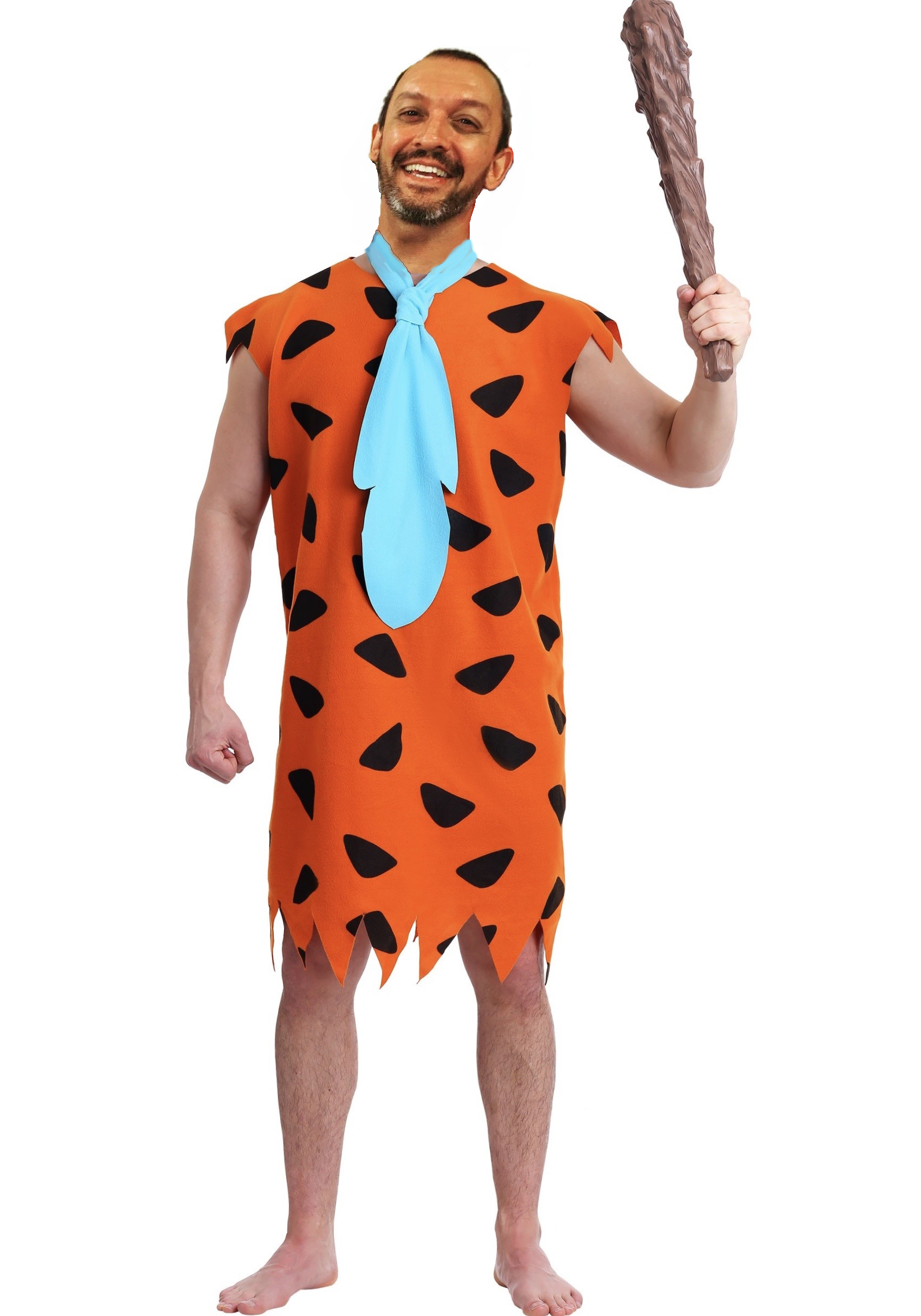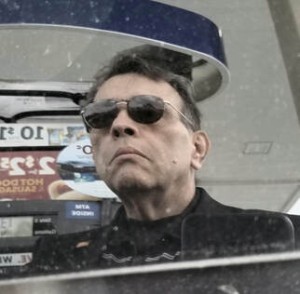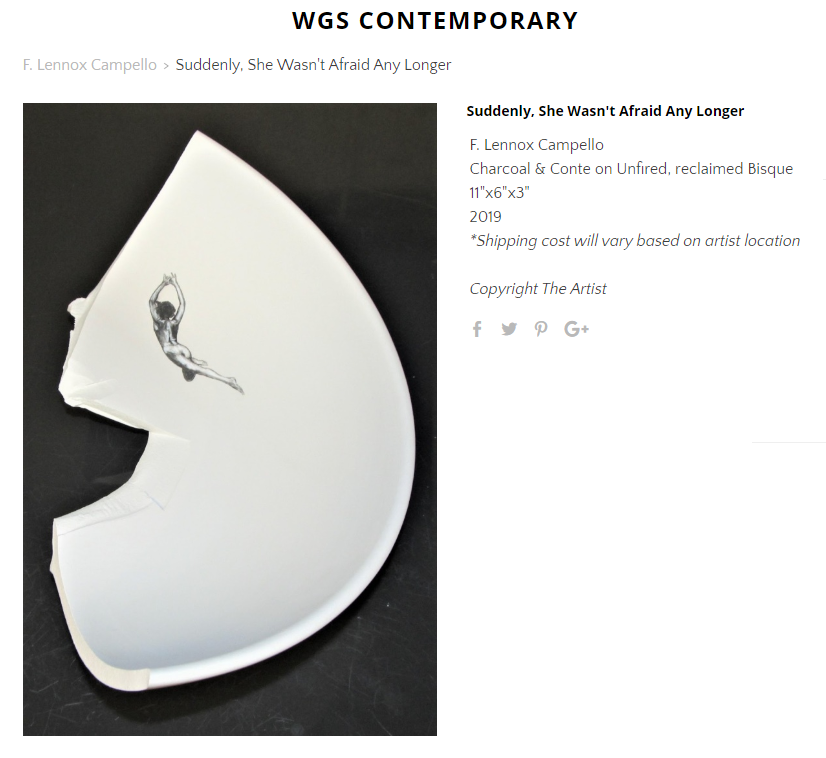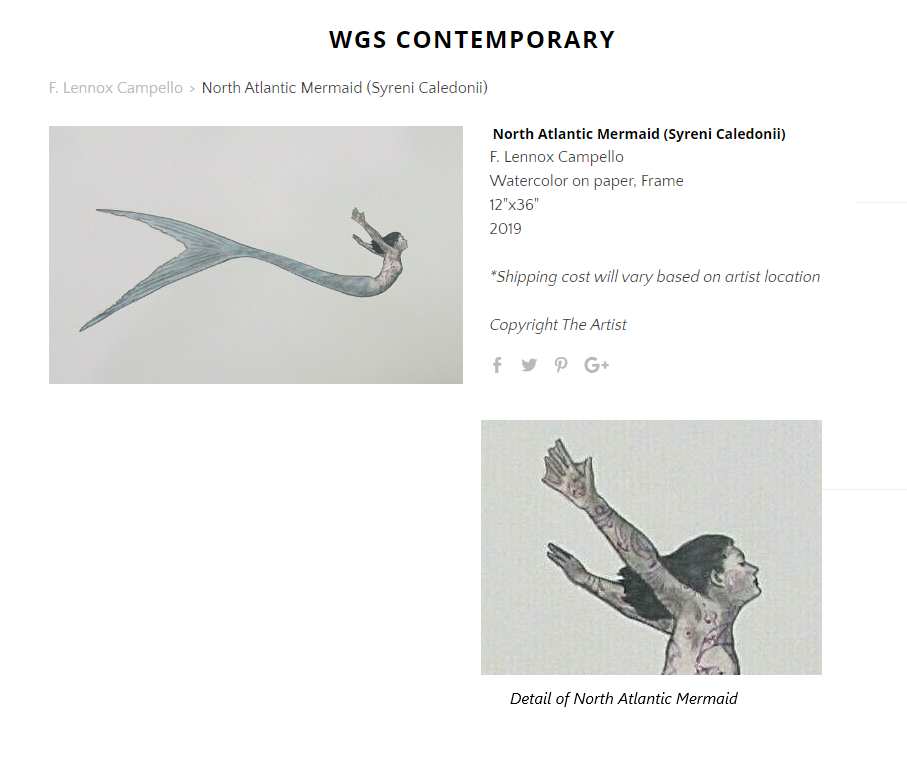CLICK IT! Featured Artist: Joseph Ivacic
Joseph Ivacic is a Chicago based glass artist. Since receiving his BFA from the University of Illinois at Champaign, Urban, he has been showing in group and solo shows throughout the country. Joseph’s work challenges the viewer to see things differently, both from a subject and content point of view, as well as the fact that, while his work is made from glass, it certainly doesn’t look like traditional glass.
Joseph started using the moniker PARADIGM SHIFT to experiment with different themes in his art. “The narratives of these pieces are inspired by contemporary life, inviting the viewers to place themselves within the work. My compositions of faux installations are filled with text and imagery providing the viewer with subtle hints that the work is not what they perceive. Our modern day truths are what we say they are and our sense of reality is skewed based on our perspective.”
In 2018, Ferd Hampson of Habatat Galleries declared Joseph to be a “Top Ten Trend in Contemporary Glass” for his recent street inspired work – where all elements are glass, including the labels on the cans.
Washington Glass School blog catches up with Joseph as his work is part of the WGS Contemporary online exhibit “CLICK-IT!” and also in the “Artists For Racial Justice” exhibit/fundraiser.
Washington Glass School (WGS): Describe your artwork method/process.
Joseph Ivacic: I am a contemporary sculptor who uses glass as my primary medium. I combine a variety of techniques to create my groupings. The spray paint cans are blown and hot sculpted in the hot shop. Labels that are on the cans are Ceramic Decals and are applied to the glass cylinder prior to it being assembled hot. The elements that appear to be steel are created a by sifting powdered glass on to sheets of glass and then are slumped and fused at temperatures as high as 1450 degrees.
WGS: Describe your work in the show and highlight aspects that the viewers should understand about the work.
Joseph Ivacic: My work in these two shows vary and I am excited about both. The smaller pieces with the spray paint cans and the faux steel are continuations of my larger installations but are intended for newer collectors, people with small niches, or would like to own my work but it doesn’t work with there budget. This body of work is loaded with content and some of the topics are urban decay and the beauty in aging. I don’t want to share too much about the pieces because I want the viewer to come up with their own conclusion.
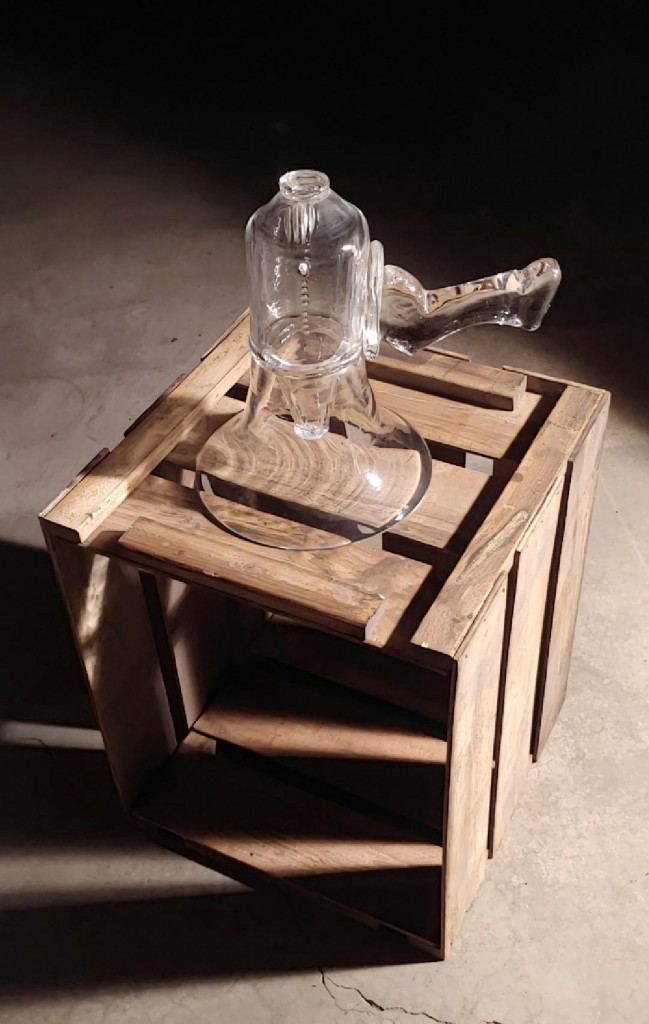
Joseph Ivacic, “Echoes”, Glass, wood, 14″x15″x29″, 2020. Featured in WGS Contemporary “Artists For Racial Justice” exhibit.
The piece in the Social Justice show titled “Echoes” is a narrative piece about protest and the long term benefits of standing up for your rights and beliefs. The Megaphone is made of glass and is assembled hot. The soap box is intended to look like a found object but I made that as well.
WGS: How have you handled the COVID-19 lockdown? How have you adapted?
Joseph Ivacic: The Covid lockdown has been tough. I really miss social interaction and engaging through a screen is not the same. I usually work at a public access glass studio for my blowing needs which has not been open to the public since the middle of march. During all of this craziness my family has also moved houses and I have moved studios. I am excited about my new studio, but it still has a long way to go before its operational. My creative outlets have been painting a working digitally on a tablet. I will be incorporating these new techniques in to the new pieces I am working on. As a glass artist, I feel we always need to adapt our vision with the properties of the material. As we evolve our relationship with glass, we understand what rules we can bend and what rules we can break.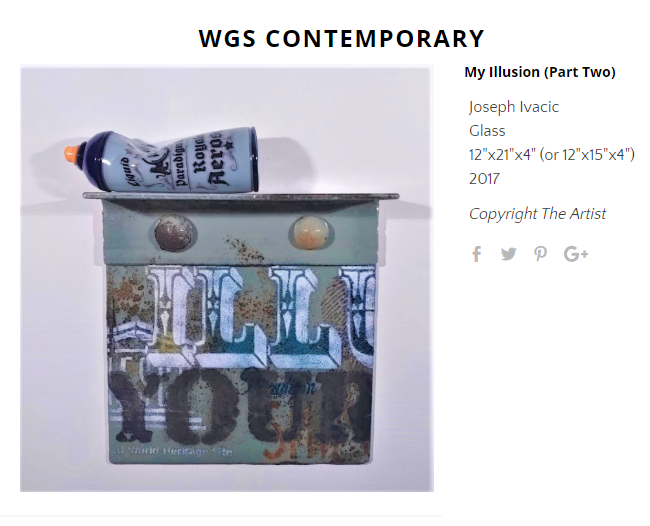
WGS: What artwork/event has moved you and got you thinking about your own work?
Joseph Ivacic: During this time, I have been most moved by the social equality movement around the Black Lives Matter. I have spent a lot of time researching and trying to understand how be a better human and how to communicate this through my work. I think in the next year we are going to see a lot of art with this as the subject matter.
WGS: if you were not an artist – what would you be?
Joseph Ivacic: I have a background in teaching and would probably work with high school students. I don’t know if it’s possible for me not to be an artist.
WGS: Do you do a lot of planning in your work – or is there an element of chance while working?
Joseph Ivacic: YES! My work requires tons of planning. I usually start with message and move to imagery from there. At that point in need to figure out scale and how to break the piece up into shippable pieces. Each of my panels needs to be fired at a minimum of 3 times and usually if something is going to break it will happen on the 3rd firing. Also anytime I want to incorporate a new color I need to do a sample with every other color I use to make sure that the new color expands and contracts at the same rate as the other colors. If the new color doesn’t the entire piece breaks.
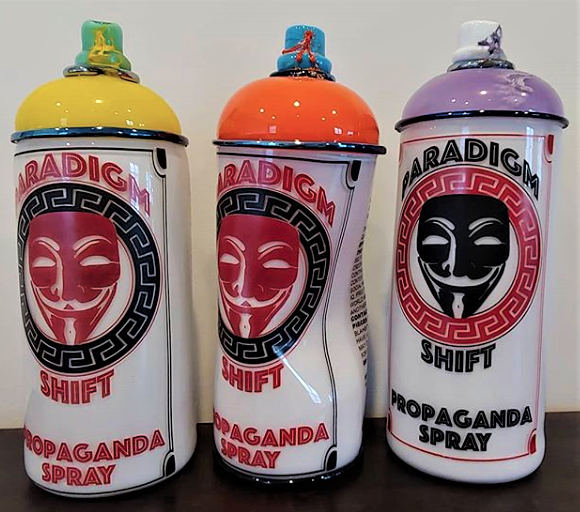
Joseph Ivacic, “Propoganda Spray Can” 24″H; glass. The cans of spray paint draw parallels, positive and negative, between spray paint as art and as one of the oldest forms of social communication while layers of vibrant colors and text provoke further examination of the subtle details.
WGS: What is your rule of thumb in determining when a work is finished?
Joseph Ivacic: The rule of thumb on when the piece is finished… The piece is usually finished 2 days before the due date. :)
Click HERE to jump to Joseph Ivacic’s work in CLICK-IT!
Click Here to jump to the Artists For Racial Justice exhibit.
